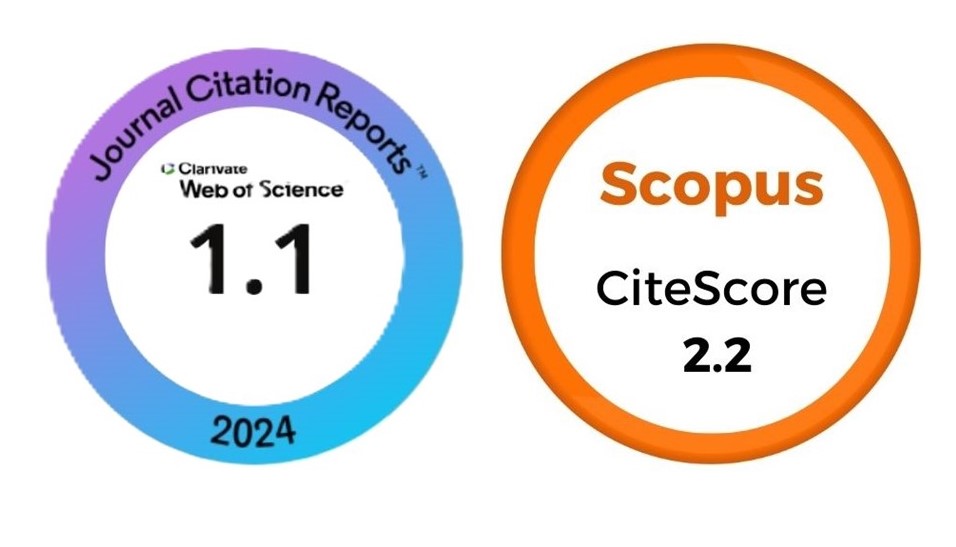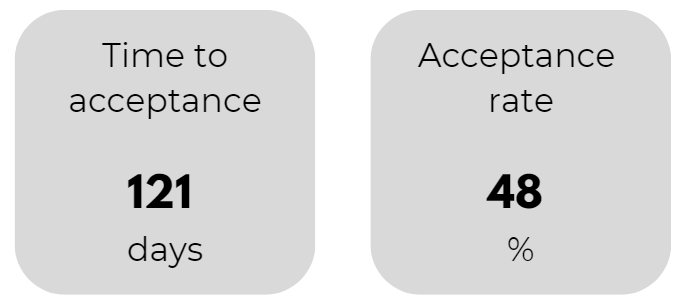Curcuma alismatifolia vase life
DOI:
https://doi.org/10.14295/oh.v23i1.989Keywords:
‘Chiang Mai Pink’, ethylene, floral foam, postharvest, siam tulip, STS.Abstract
Cut curcuma stem has a reported vase life of 7 to 21 days and this difference in vase life is probably due to a combination of different factors such as growing conditions and postharvest treatments. However, the cut flower industry needs key postharvest information for new species and cultivars to be able to effectively market the flowers. The objectives of this study was to evaluate the effect of commercial hydrator and holding solutions, commercial growth regulator formulation, floral foam, ethylene and silver thiosulfate (STS) on the postharvest handling of C. alismatifolia cultivars. Control treatment (deionized water) had better vase life than the combinations of the commercial hydrator for 4h and commercial holding solution for 44h. Floral foam reduced vase life to 17 days from 23 days for the control treatment. The growth regulators gibberellin plus benzyladenine (GA4+7 + BA) had a positive effect on the fresh weight keeping parameter, but further studies are necessary. STS did not improve vase life, nor did ethylene at 1 µL L-1 reduce it. The curcuma cultivars tested were not positively affected by vase solution composition and had an average vase life in deionized water of 21 days.Downloads
Download data is not yet available.








